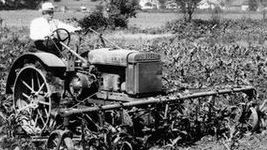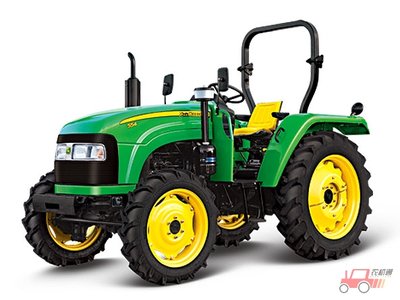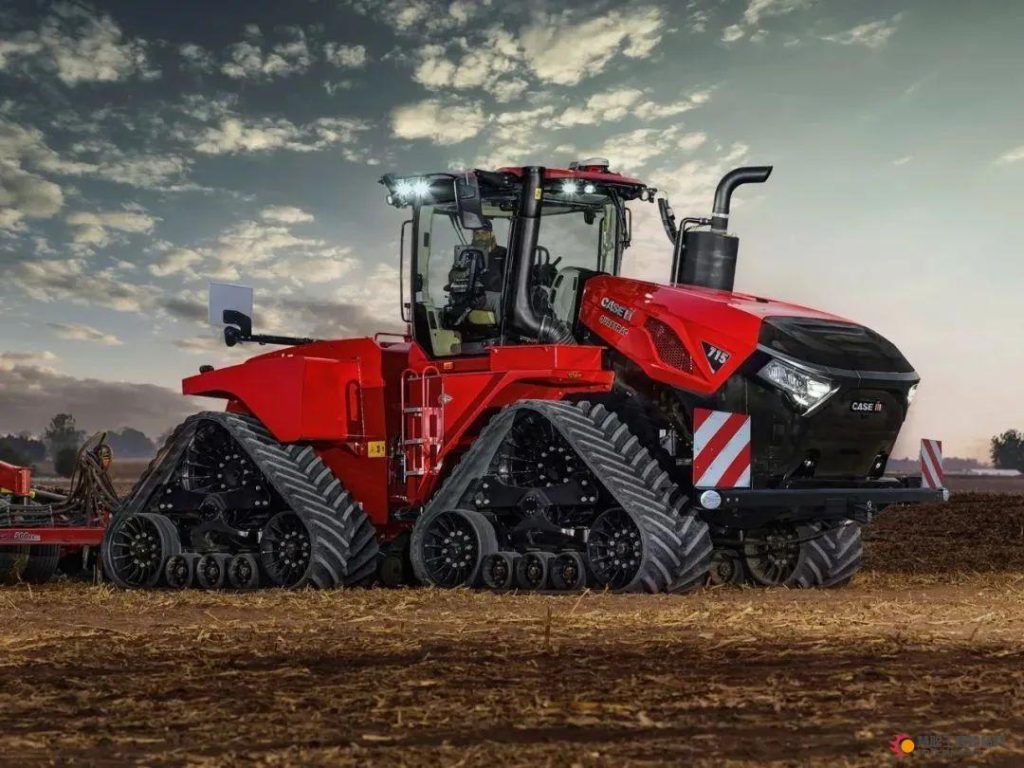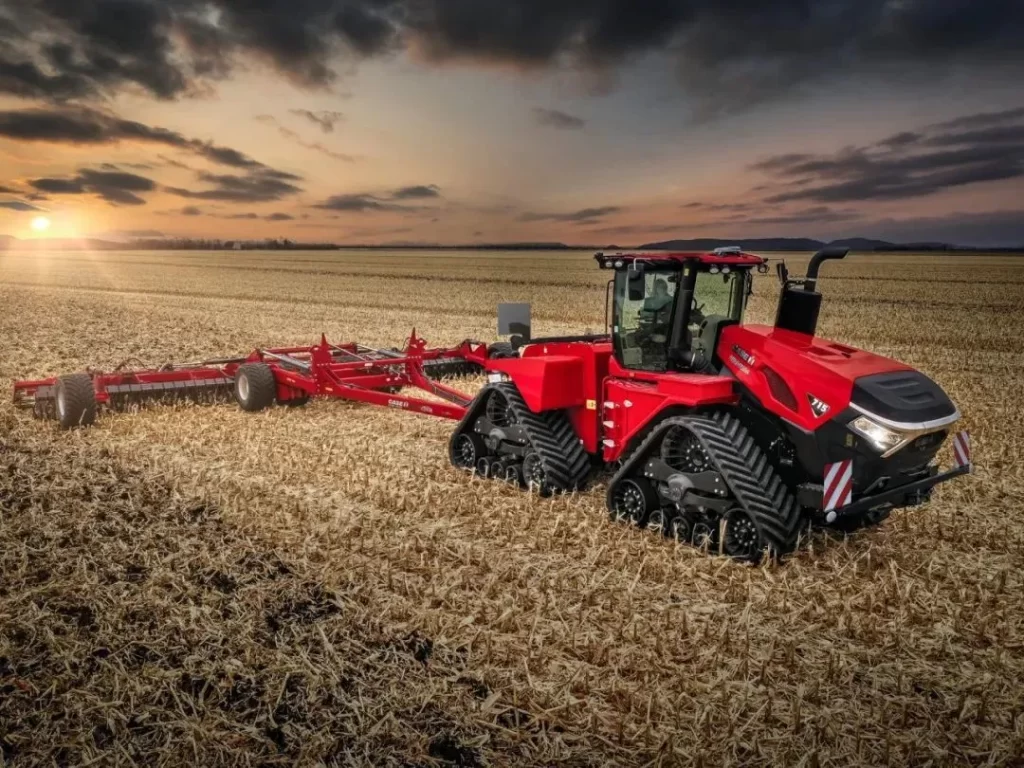Have you ever wondered about the history behind those massive tractors in the fields? From the early days of manual labor to today’s smart agricultural machines, tractors have transformed the way farming is done. They carry over a century of innovation and evolution. Each brand has its own unique story, filled with breakthroughs that have pushed global agriculture towards greater efficiency and smarter solutions.
The history of tractor brands is more than just the progress of machinery,it’s a reflection of the changes in farming practices. From John Deere’s green giants to Fendt’s advanced technology, these brands have consistently brought innovations that have changed the way farmers work. In the future, with the rise of automation, precision farming, and eco-friendly technology, tractors will continue to play a vital role in agriculture, driving the industry towards higher efficiency and sustainability.
Now, let’s dive into the rich history of these tractor brands. Discover how these “giants of the field” grew from small workshops to global powerhouses. Are you ready? Let’s explore its history together!
Contents
- 1 John Deere: From Steel Plows to Smart Green Giants
- 2 Massey Ferguson: The Legend of the Three-Point Hitch System
- 3 New Holland: The Pioneer of Sustainability
- 4 Case IH: A Legacy of Innovation and Power
- 5 Kubota: Small But Powerful
- 6 Fendt: A Symbol of High-End Technology
- 7 Claas: The Harvester Giant’s Rising Star in Tractors
John Deere: From Steel Plows to Smart Green Giants
When it comes to tractor brands, John Deere is a name that stands out. In 1837, John Deere solved the problem of soil sticking to iron plows by creating a polished steel plow. But that was just the beginning. The real turning point came in 1918 when John Deere acquired the Waterloo Gasoline Engine Company and introduced the famous Waterloo Boy tractor.
Since then, John Deere has always led the way in innovation. Today, its tractors are more than just farming tools. They come equipped with advanced GPS navigation and data management systems, making it easy for farmers to use automatic driving and remote monitoring. The green and yellow color scheme has become an icon of modern agriculture, and John Deere’s equipment has expanded beyond fields to areas like landscaping and construction, cementing its place as a leader in global agricultural machinery.


Massey Ferguson: The Legend of the Three-Point Hitch System
Massey Ferguson has a remarkable history. The original Massey company was founded in 1847, but the real milestone came in 1953 when it merged with the Ferguson company. Harry Ferguson’s invention of the three-point hitch system completely transformed how tractors connected with implements. This design made it much easier and more efficient to install and operate farming tools.
With this revolutionary system, Massey Ferguson quickly gained a strong foothold in the global market. The brand introduced several iconic models, like the MF 35 and MF 135, which farmers still refer to as “reliable partners.” Today, Massey Ferguson continues its spirit of innovation, focusing on providing solutions for both small farms and large-scale mechanized agriculture. Whether it’s affordability or ease of use, Massey Ferguson’s tractors enjoy a solid reputation worldwide.
New Holland: The Pioneer of Sustainability
Founded in 1895, New Holland started as a small machinery workshop, but today it has grown into one of the global giants in agricultural machinery. Its rapid growth, especially after joining the Fiat Group in 1991, boosted its performance in the global market. Now, New Holland not only produces high-performance tractors but also leads the way in environmental sustainability.
As a leader in eco-friendly agricultural technology, New Holland offers a variety of tractors powered by natural gas, hydrogen, and electricity, helping to reduce carbon emissions in farming. In addition, New Holland actively develops smart farming technologies, allowing farmers to optimize crop management with satellite positioning and data analytics, which greatly enhances field productivity.
Case IH: A Legacy of Innovation and Power
Since 1842, Case has been providing machinery for agriculture, but it wasn’t until 1912 that the company truly entered the tractor market with the launch of the Farmall series. Farmall engineers designed the tractors to handle multiple tasks with one machine, greatly boosting farm productivity at the time.
In 1985, Case merged with International Harvester, forming Case IH, a powerful force in the industry. The Case IH Quadtrac series, with its superior traction and ability to navigate challenging terrains, has become a “heavy-duty weapon” for large-scale farming operations. Case IH also leads in the development of autonomous tractors, and its modern red machines have become a familiar sight on farms around the world.
Recently, the Case Quadtrac 715 crawler tractor won the 2024 iF Design Award in the industrial machinery category. This model blends innovative aesthetics with enhanced functionality, improving productivity for customers while making a bold impression in the design world.


Kubota: Small But Powerful
Founded in 1890, Kubota didn’t enter the tractor market until the 1960s, with its first product, the L200, debuting in 1969. Known for being compact, efficient, and reliable, Kubota tractors are especially suited for small farms and landscaping work. This made them quickly popular in Japan and across other Asian countries, and soon after, they successfully expanded into Europe and North America.
Although Kubota tractors are smaller in size, their capabilities are far from limited. Today’s Kubota models come equipped with smart control systems and precise power management technology, allowing small farm owners to accomplish more with less fuel. Kubota has truly become the go-to brand for small-scale farmers.
Fendt: A Symbol of High-End Technology
If there’s a “luxury brand” in the world of tractors, Fendt definitely holds that title. Since its founding in 1937, Fendt has been known for its innovation and advanced technology, especially its continuously variable transmission (CVT), which makes operation incredibly smooth and efficient.
After joining the AGCO Group in 1997, Fendt rapidly expanded its reach worldwide. Its tractors, known for precise engineering and outstanding performance, attract professional farmers and large-scale farm owners alike. Equipped with cutting-edge autonomous driving technology, data management systems, and remote control capabilities, Fendt tractors are more than just machines—they serve as intelligent managers of the fields.
Claas: The Harvester Giant’s Rising Star in Tractors
Founded in 1913, Claas is best known for its combine harvesters. Though it entered the tractor market later in 2003 by acquiring Renault Agriculture, Claas quickly established a strong foothold in this field thanks to its deep expertise in machinery manufacturing. Claas specifically designs its tractors for European farmers, prioritizing high efficiency, low fuel consumption, and comfort.
Claas tractors also integrate the latest in remote sensing and data technology, allowing farmers to monitor and manage field operations through their phones or computers. This greatly enhances transparency and efficiency in farm management.
The history of these tractor brands reflects not only the progress of technology but also the continuous move of agriculture towards greater intelligence and sustainability. Whether they are long-established giants or innovation-driven newcomers, all of them have reshaped global agriculture through constant technological advancements and market expansion. As technology continues to evolve, future tractors will become even smarter and more efficient, offering endless possibilities for agricultural production.

